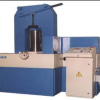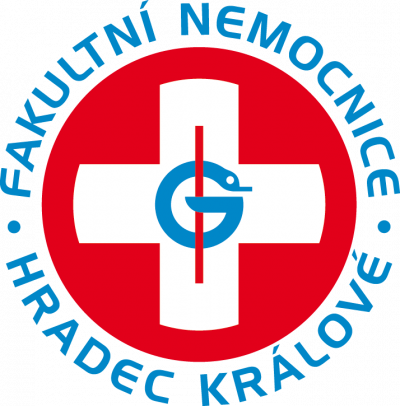Treatment of breast milk with high pressure technology
Technology description
| The name of the technology: | Treatment of breast milk with high pressure technology |
|---|---|
| Challenge: | B. cereus belongs to one of the serious cause of food poisoning. It occurs commonly in the surrounding environment and breast milk is contaminated with this bacteria mainly during its collection. It occurs in breast milk in the form of vegetative cells and dangerous resistant spores. Holder pasteurization, which is the standard procedure used to treat breast milk in common milk bank practice, cannot effectively eliminate all germs and after the pasteurization, the milk is still culture positive. According to the standard, such contaminated milk must be discarded from further use. |
| Description: | Our technology uses high pressure for the treatment of breast milk. Compared to the standardly used Holder pasteurization (62,5°C/30 min), this technology represents an efficient and effective method of inactivating the spores of pathogenic microorganisms. In addition, this method is demonstrably gentler on the bioactive components of milk (IgA, lactoferrin, lysozyme, lipase activity), which represents a significant nutritional benefit for newborns and premature babies. New technology the breast milk treatment significantly reduces the percentage of discarded milk with positive microbiological finding after pasteurization, which leads to decreasation of the percentage of unsatisfied requests for the supply of breast milk. Technology was verified on the CYX 6/103 device (manufactured by Žďas a.s., Czech Republic, in the possession and long-term experimental use of Food Research Institute Prague). High pressure treatment technology is used in the food industry. In the Czec Republic, this technology is used by the companies Beskyd Fryčovice a.s. (Refit brand fruit and vegetable juices) and Kofola a.s. (UGO brand fruit and vegetable juices). Other manufacturers of industrial-sized equipment are Hiperbaric (Spain) and AVURE (USA). |
| Commercial opportunity: | The University's Hospital Hradec Králové (UH HK) Milk Bank alone produces up to 1,500 litres of breast milk per year, which is mainly intended for premature babies hospitalized at the Department of Pediatrics at UH HK. This technology could be also used by other milk banks (another 3 only in the Czech Republic) in devices designed to the exact specification (primarily the volume of the chamber) depending on the size of their production. Currently, the breast milk is classified as food, so it is necessary to comply with food hygiene legislation when being handled and also meet the requirements for microbiological criteria for food. However, at the level of European Union, a legislative change is being prapered based on the recommendations of the European Directorate, which in the future place breast milk in the same donor cathegory as vital substances of human origin such as blood, tissues and cells or microbiota. From this point of view, the gentle and effective high-preassure treatment of breast milk could meet stricter legislative requirements and could be introduced into routine practice under the assumption that this metod is validated directly to conditions of the Milk Bank and the Hazard Anylsis and Critical Control Points (HACCP) is implemented. Our high pressure breast milk treatment technology offers such a solution. The percentage of discarded milk with microbiological positivity is now in the range of 8.7 - 10.0%, whereas sporulating microorganisms account for up to 72%. With the current production cost for treatment of breast milk, up to half a million crowns loss can thus occur annually. High pressure treatment can therefore represent significant savings. Last, but not least, this method leads to the preservation of a greater proportion of bioactive components in breast milk. It would also be possible to apply proposed procedures in the food industry, not only in milk processing, but everywhere with the problem of perserving the spores of B. cereus. |
| IP protection status: | Know-how |
| Development status: |
Phase 2Corresponds with TRL 3 and TRL 4 Feasibility study. There is a realistic design of the technology and the initial tests in the laboratory are leading to the specification of the technology requirements and its capabilities.
|
| Partnering strategy: | Co-development Collaboration investment |
| More information: | |
| Images: | |
| Categories: | Life Science and Health Food industry |
| Owner of a technology: | Fakultní nemocnice Hradec Králové, Výzkumný ústav potravinářský, Praha, v. v. i. |

